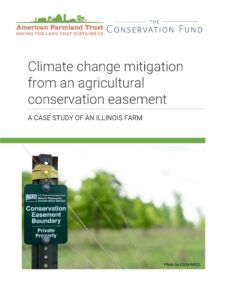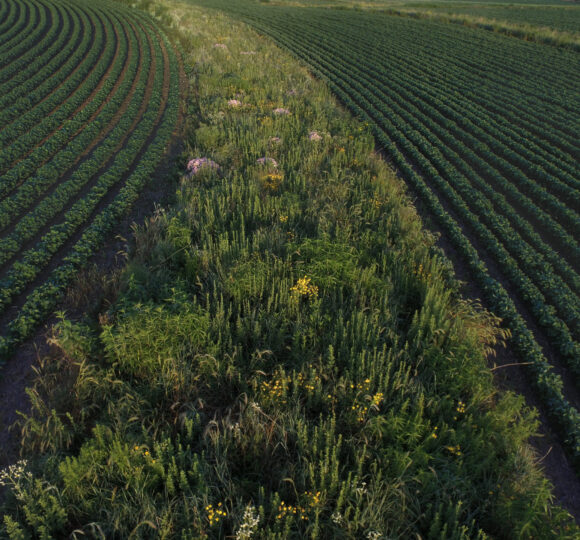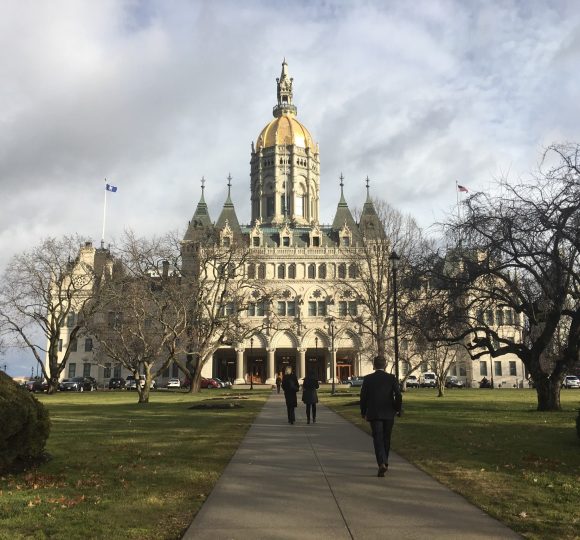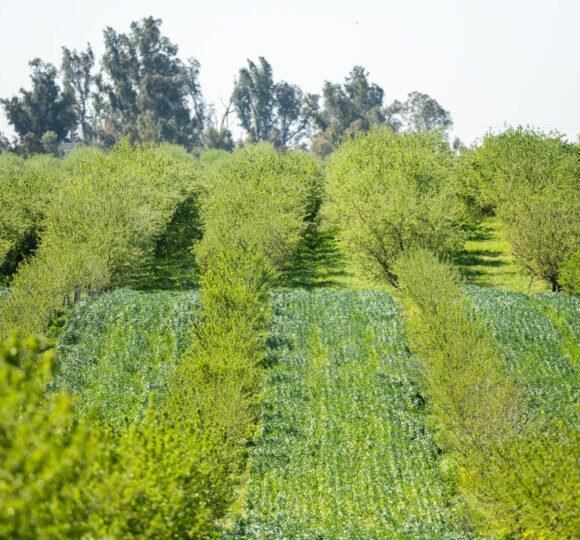The agricultural sector is uniquely situated as both vulnerable to and a solution to climate change. One way that communities can reduce greenhouse gas (GHG) emissions is by protecting farmland. Farmland converted to low-density residential use tends to be more energy intensive per household than smart growth urban development. Thus, agricultural conservation easements that are part of a buffer zone supporting in-fill of developed areas help avoid the excess GHG emissions associated with low-density residential development. For this case study of an agricultural conservation easement on a 103-acre farm in central Illinois, American Farmland Trust, in partnership with The Conservation Fund, estimated the number of development rights extinguished with the easement and the difference in GHG emissions between a low-density residential development scenario at the site and the same number of housing units built in an urban smart-growth scenario. Placing this farm under an agricultural conservation easement avoids an estimated 19,541 metric tonnes (t) of carbon dioxide equivalents (CO2e) and 8 t of non-GHG air pollutant emissions in the first 30 years. By implementing soil health practices, including agroforestry, the farm could sequester an additional 3,000 t CO2e in the first 30 years.






